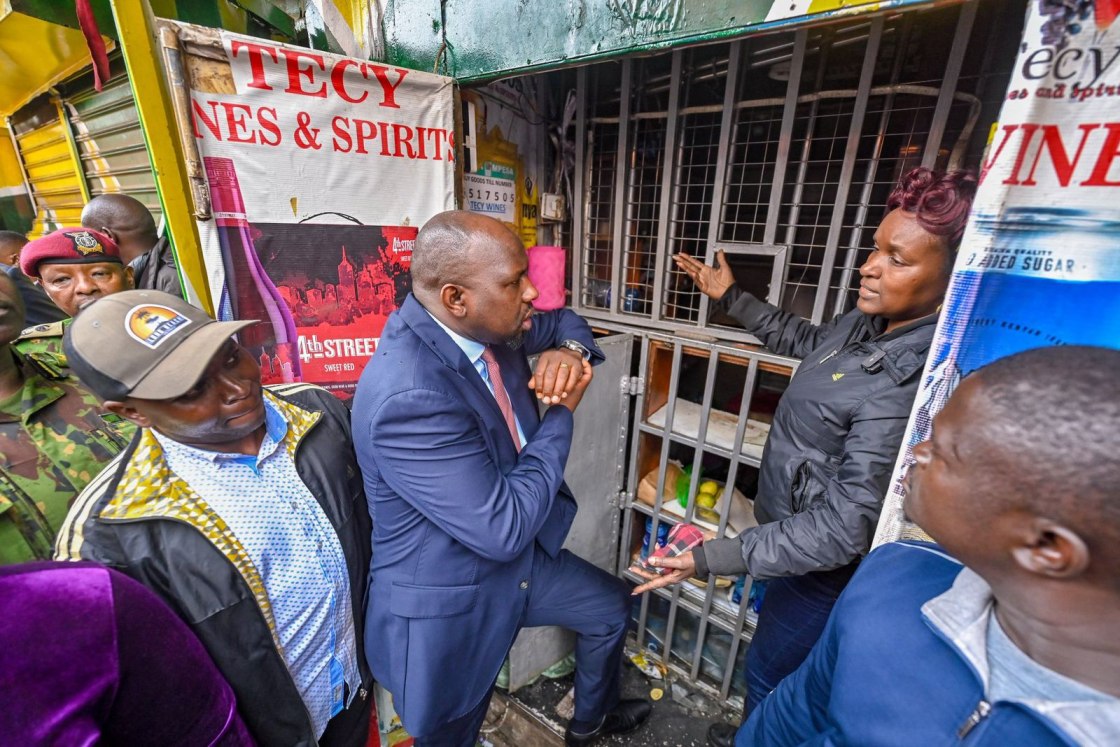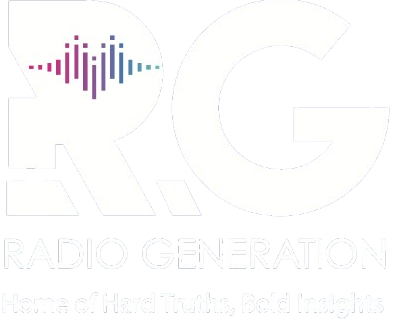Murkomen blames media for fueling protests, calls coverage irresponsible

Speaking on Thursday, Murkomen claimed that certain journalists not only reported on the demonstrations but actively influenced the public’s actions and movements.
Interior Cabinet Kipchumba Murkomen has accused sections of the Kenyan media of playing an active role in mobilising citizens for the recent anti-government protests, saying some outlets crossed ethical lines in their live coverage.
Speaking on Thursday, Murkomen claimed that certain journalists not only reported on the demonstrations but actively influenced the public’s actions and movements.
“There is nothing wrong with live broadcasting per se. Our media has freedom,” said Murkomen. “The biggest problem is the idea that media becomes the centre of mobilisation for these protesters.”
He went further to accuse the media of incitement through real-time updates and directional reporting.
“Some of the media houses work very hard and tell people ‘wengine wako Thika Highway,’ what do you tell people after that? They are mobilising people to participate,” he said.
“Some media houses were directing protesters… You see, that is very irresponsible journalism.”
Murkomen’s remarks come amid growing tension between the government and the media following the nationwide protests against the Finance Bill 2025.
The demonstrations, held on June 25, turned deadly, with at least 16 people reported dead and dozens injured as police used tear gas, rubber bullets, and water cannons to disperse crowds.
The Communications Authority of Kenya has since moved to restrict live coverage of demonstrations. In a letter dated June 25 and addressed to all broadcasters, the Authority directed television and radio stations to stop any live coverage of the protests.
The letter, signed by Director General David Mugonyi, cited Articles 33(2) and 34(1) of the Constitution and Section 461 of the Kenya Information and Communications Act as the legal basis for the ban.
“The live coverage of the June 25, 2025, demonstrations is contrary to Articles 33(2) and 34(1) of the Constitution of Kenya and Section 461 of the Kenya Information and Communications Act, 1998,” the directive read. “This is therefore to direct all television and radio stations to stop any live coverage of the demonstrations forthwith. Failure to abide by this directive will result in regulatory action.”
The move has drawn backlash from media stakeholders and civil society groups, who see the directive as a threat to press freedom.
The Kenya Editors Guild has defended live coverage, saying it is an essential part of informing the public.
Several journalists were also reportedly assaulted or arrested during the protests, further fuelling concern over state interference and media safety.
As the country remains tense, Murkomen’s comments have added fuel to an already heated debate on the role of the media during moments of political unrest.
Questions are now being raised about where to draw the line between responsible reporting and influencing public action, and whether the government is using the current crisis to restrict access to information.
